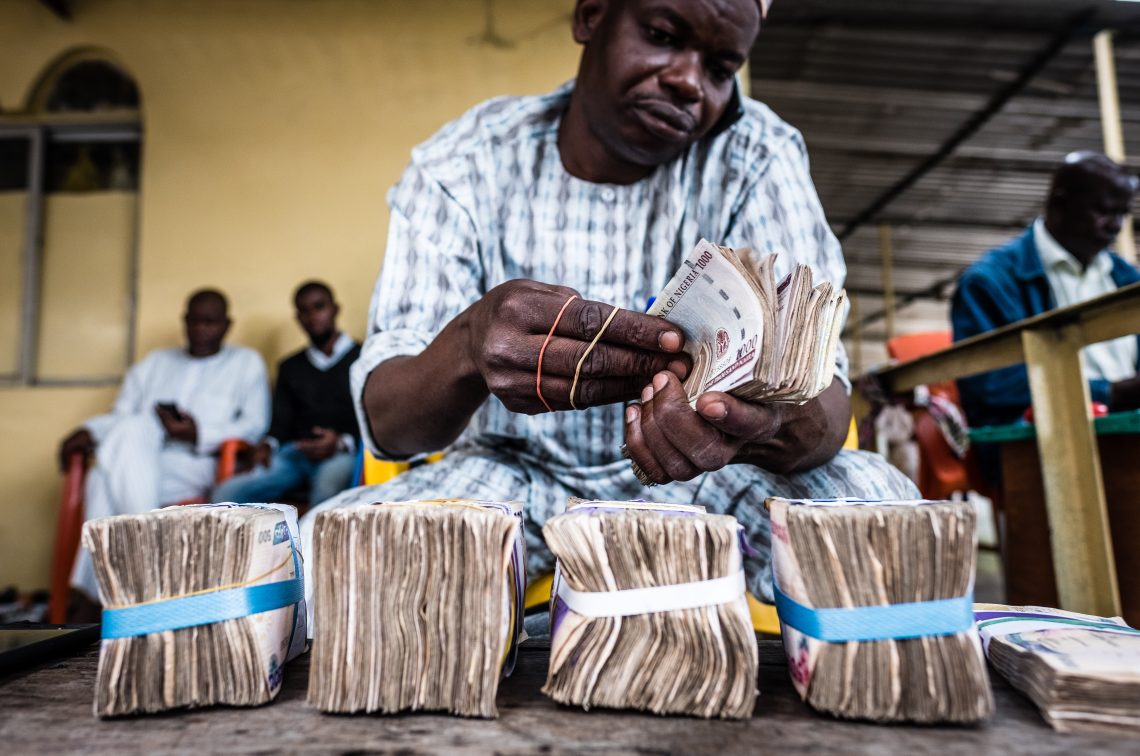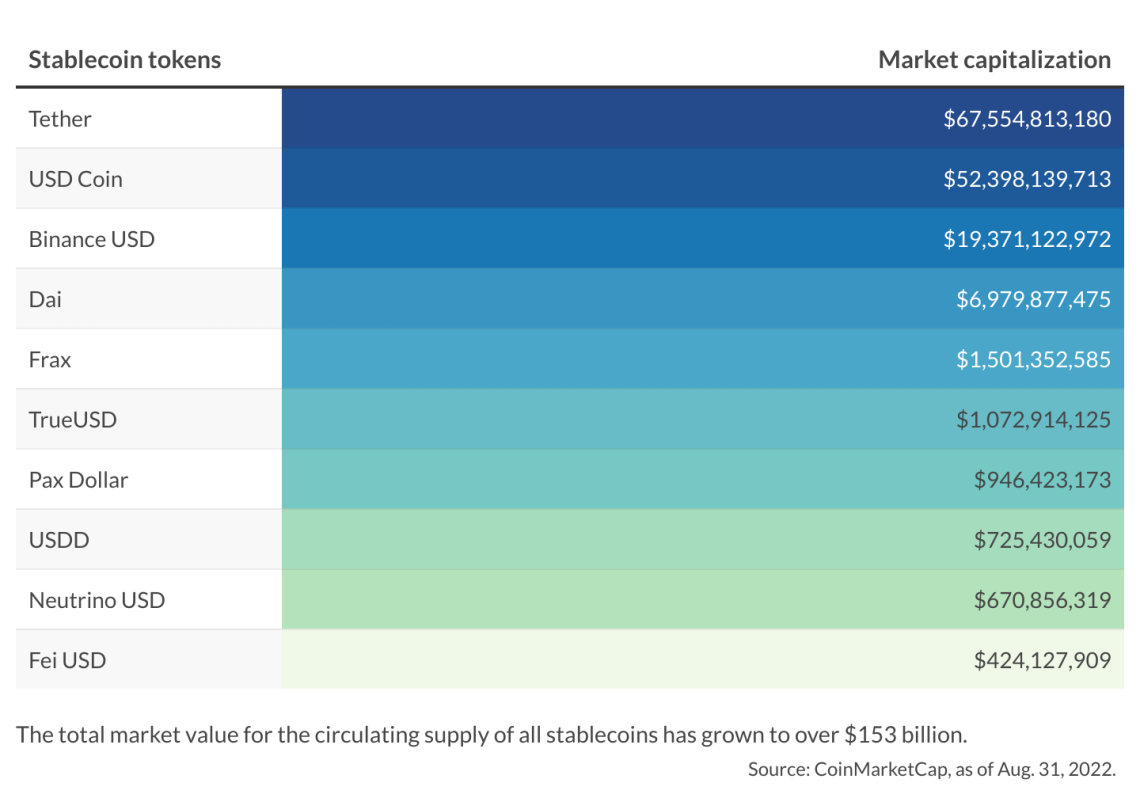A silver lining in the crypto clouds
Despite ongoing market turmoil, cryptocurrencies give policymakers an opportunity to dramatically expand global economic inclusion.

In a nutshell
- Crypto still holds the potential to improve global economic mobility
- Conventional payment systems can favor those on the inside
- Countries harmonizing the relevant policies will cultivate the firms of the future
A world roiled by economic turmoil, sociopolitical risks, pandemics and climate change is not likely to be mended with the same institutional approaches that got us here. Nor will solutions be found in national retrenchment, as no country can alone handle challenges that are inherently extraterritorial, fast-moving and correlated.
A potential bright spot for global economic prosperity – the opportunities to extend the perimeter of financial inclusion using cryptocurrencies – is often dismissed, because the concept itself is misunderstood, and evokes fear. But even now, amid deep market turmoil and steep declines in the value of crypto, all that is needed to deliver a more inclusive global financial system is to responsibly connect the dots.
These dots cannot be connected simply by using central bank digital currencies (CBDCs). At best, these tools are a domestic payments innovation that papers over a lack of real-time gross settlement systems (RTGS); at worst, they are taxpayer-borne financial experiments rife with complex risks. Instead, the dots are being connected by dollar digital currencies, better known as stablecoins.
Financial inclusion
The prevalence of financial friction – caused by antiquated money transmission rails and duopolistic global payment and value transfer networks – puts a drag on the global economy. This value-destroying hindrance makes it expensive to be poor, exacting the highest costs from those who can least afford it.
For example, what can be done about the yawning financial inclusion gap of more than 1.7 billion people, if brick-and-mortar banking has hit a point of diminishing returns? How can the bottom rung of economic mobility be more accessible, when a precondition of climbing the ladder is identity verification but more than a billion people worldwide are born in the shadows? What can restore the durability, even during recessions, of cross-border payments? Remittances are the flywheel of economic development, with diaspora populations often doing more for their loved ones and countries of origin than development aid and foreign direct investment.
Emerging forms of internet-native money need not be seen as a challenge to monetary sovereignty and financial stability.
Similar questions loom over commercial banking activities that imperil emerging and developing countries, and de-risking norms that raise the cost of capital, trade and commerce. Just as many of the world’s payment systems are walled gardens favoring those on the inside, the boundaries of economic prosperity must also be redrawn.
Emerging forms of internet-native money need not be seen as a challenge to monetary sovereignty and financial stability, but instead as a source of optionality and competitiveness in a world with too few good choices. Proponents of CBDCs often argue that unless central banks evolve for a digital age – potentially blurring the lines between macro-level monetary policy and micro-level retail banking – they will be left behind, steamrolled by big tech or imperiled by a digital currency space race among potentially hostile nations.
In trying to keep big tech at bay, and push back on the technological decentralization that can pose some (albeit minimal) risks for financial crime compliance and sanctions enforcement, some countries have eschewed free-market principles. Others have erred on the side of caution – hedging their bets in the digital currency race by half-heartedly enabling a free market, while weighing central bank-led digital currency options despite the clear risks.
In code we trust
Regardless of the form or issuer of money today, the presumption of privacy for the use of digital money, as well as its high-trust and low-cost transmissibility, will depend on the twin technological breakthroughs of Web3: public key cryptography and open-source public blockchains. Mercifully, like the hardware and software that powers the internet, blockchains and crypto will eventually fade into the background as concepts and their outcomes will come to the fore.
The “crypto” in “cryptocurrency” refers to cryptography, the same technological approach that offers privacy in our digital lives as well as the scarcity and uniqueness in these emerging assets now enjoying value. Novel forms of peer-to-peer value transfer networks are at once an anti-sovereign conundrum and a pro-democratization development. They hold financial inclusion as a human right – especially so in a world where low-cost internet-connected devices proliferate.
Facts & figures
These are the dots that are now being connected organically, giving rise to a world of device-centric banking and payments and software-intermediated financial markets. Connecting them further should not be considered too risky for regulators, central banks and policymakers to take on, but a task to be embraced and accelerated. Indeed, many jurisdictions that were once antagonistic to crypto are realizing the job creation benefits from providing the “internet of value” a physical home.
No phase of the evolution of money is risk-free. Past epochal shifts have delivered the transition from informal trucking and bartering to the gold standard and, eventually, the Bretton Woods system. Now, thanks to widespread access to technology (albeit still subject to a global postal code lottery), combined with the mobile internet, there is a coming shift in society’s faith in money. If digital specie could be engraved, a fitting motto would read “In Code We Trust.”
Scenarios
By some estimates, more than 200 million people are participating in the crypto economy. The prevalence of open-source mobile digital wallets supporting a broad swath of crypto assets has created global banking and payment networks in more than 190 countries. Like the internet itself, the Cambrian explosion of what some call the third generation of the web (Web3) can have both positive and negative consequences.
When the movement of money collides with the internet and rides on constantly evolving, open-source financial rails, there is a rare chance to bend the arc of Moore’s Law in humanity’s favor. To do so while striving for an equilibrium between inclusion, responsible innovation and the integrity of the financial system requires deep, cross-sector collaboration.
Drawing on the experience of mobile money networks – arguably the prototypes for the innovations we are seeing with digital wallets – along with an increasingly robust and well-regulated digital asset value chain, the opportunity for more inclusive finance can no longer be ignored. Rather, the countries that harmonize digital asset policy and regulations may very well cultivate the technology firms of the future – and become the first to truly lower the bottom rung of economic mobility.









